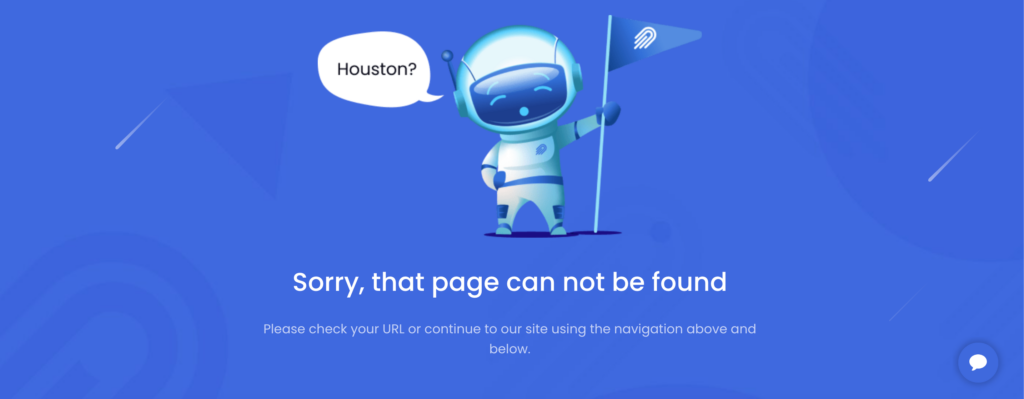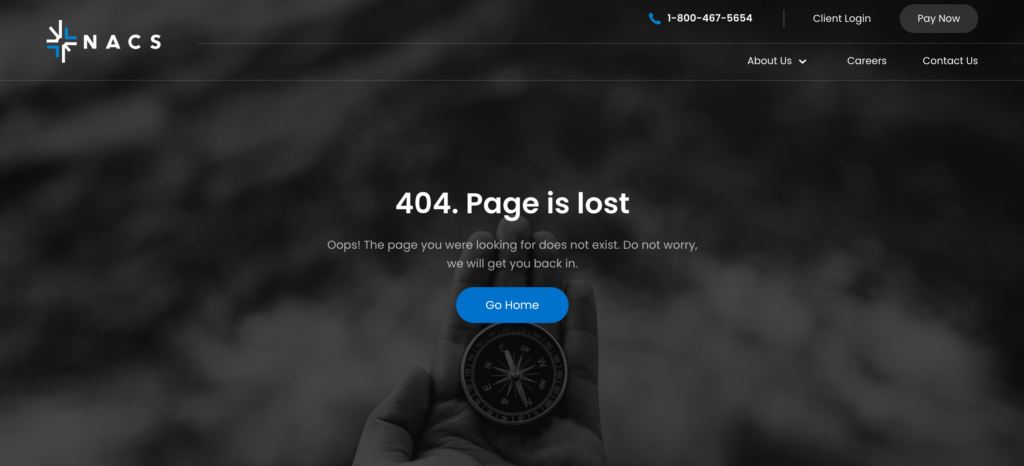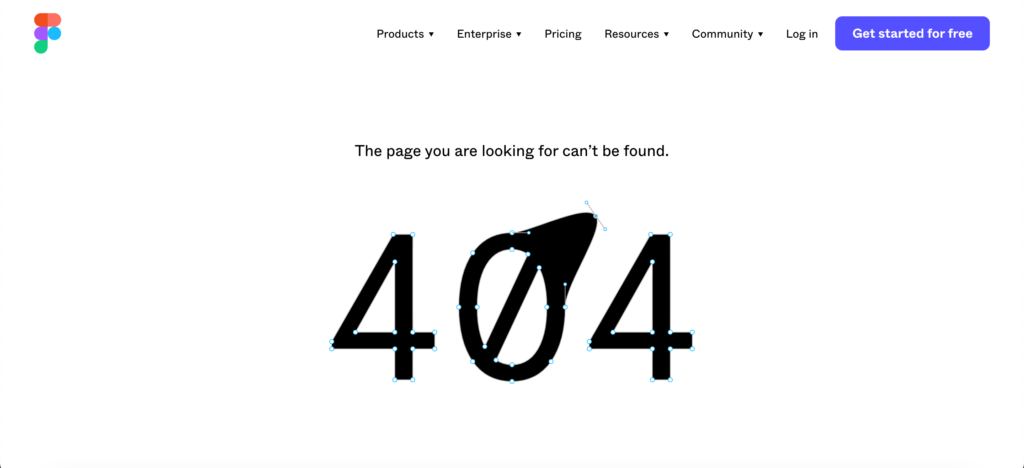In an ideal world, broken links and 404 error pages wouldn’t exist. However, despite best efforts, encountering a 404 error page remains a common occurrence for website visitors.
A 404 error signifies that the page the visitor was seeking cannot be found, either due to a changed URL or its removal from the website. While it is necessary to address and fix these errors promptly, it is equally important to create a 404 error page that assists visitors in finding what they are looking for. In fact, when optimized effectively, 404 pages can serve as an opportunity to improve SEO and increase conversions. This article presents a comprehensive guide on how to optimize your 404 error page for better results.
11 Strategies to Optimize Your 404 Error Page:
Feature Relevant Recommendations:
Utilize your 404 page to showcase a curated selection of your top products or services. Provide enticing visuals along with links to each item, redirecting users to active pages and encouraging engagement that can potentially lead to conversions.
Incorporate User Testimonials:
Boost the credibility of your brand by including user reviews of your offerings on the 404 page. These testimonials can help alleviate user frustration while also providing social proof, increasing the likelihood of users exploring other pages or products.
Nurture Leads:
Transform your 404 page into an opportunity to generate new leads. Alongside the error message, offer users a way to contact you or provide access to a free product/service demo. By collecting email addresses or contact information, you can initiate a nurturing process to cultivate new connections.
Use Humor and Memorable Content:
Create a positive impact on users even in the face of a 404 error. Incorporate funny videos or engaging content that resonates with your brand identity. By leaving a lasting impression, you increase the chances of users remembering your brand and revisiting your website.

Guide Users to Relevant Pages:
While you may not know the exact intent of users when they encounter a 404 error, you can make educated guesses based on data from your CRM and analytics tools. Identify common search terms and include links to relevant pages on your website to help users navigate in the right direction. Check out our article on Understanding User Behaviors to learn more.
A 404 error page is commonly an afterthought, only believed to be valuable to avoid penalization by search engines. But, it’s only dead space if you allow it to be. When utilized properly, it has the potential to be a real asset for your marketing machine and, ultimately, your brand, by demonstrating one simple principle: that you care. What potential customer doesn’t want to believe that the company behind the website is equally as invested in their experience?”
– James Weiss, Big Drop’s Senior Director
Provide Valuable Resources:
If users can’t find what they are looking for, offer them something of value. Consider implementing exit-intent popups before users leave the 404 page, providing discounts, special offers, or exclusive content. This entices users to return to your homepage or explore alternative offerings.
Keep it Concise and User-Friendly:
Simplicity is key when it comes to 404 pages. Clearly explain the error, apologize briefly, and present a list of functional links to essential pages such as the homepage, search page, and help section. A clean and straightforward design facilitates seamless navigation and encourages users to continue their journey on your site.

Foster Interaction and Engagement:
Transform the 404 error page into an interactive experience by integrating mini-games, quizzes, or other engaging elements. By diverting users’ attention and providing entertainment, you can alleviate frustration and direct them to explore other valuable content on your website. Check out our article on the Benefits of Animation.

Leverage Relevant Keywords:
Enhance the SEO value of your 404 page by incorporating popular keywords and embedding relevant links. This transforms your error page into a resourceful destination, facilitating users’ search for the information or products they were originally seeking.
Highlight Your Other Properties (Like A Mobile App):
Prominently feature a link to download your mobile app on the 404 page. Emphasize the benefits of using the app, such as avoiding future 404 errors or providing a seamless browsing experience. Encouraging app installations expands your customer base and increases the potential for conversions.
Foster Social Engagement:
Include links to your various social media platforms on the 404 page, providing an outlet for users to express their concerns or engage in conversations. Promptly respond to comments, redirect users to specific product pages, gather feedback, or offer exclusive discounts, leveraging the power of social media to turn a negative experience into a positive one. Check out our piece on Interactive Content.
In Conclusion
With these strategies in place, your 404 error page can become an opportunity to engage users, retain their attention, and drive conversions to your website. Optimizing your 404 error page is just one aspect of a comprehensive digital marketing strategy. If you need a hand, don’t hesitate to reach out to our team here at Big Drop.
